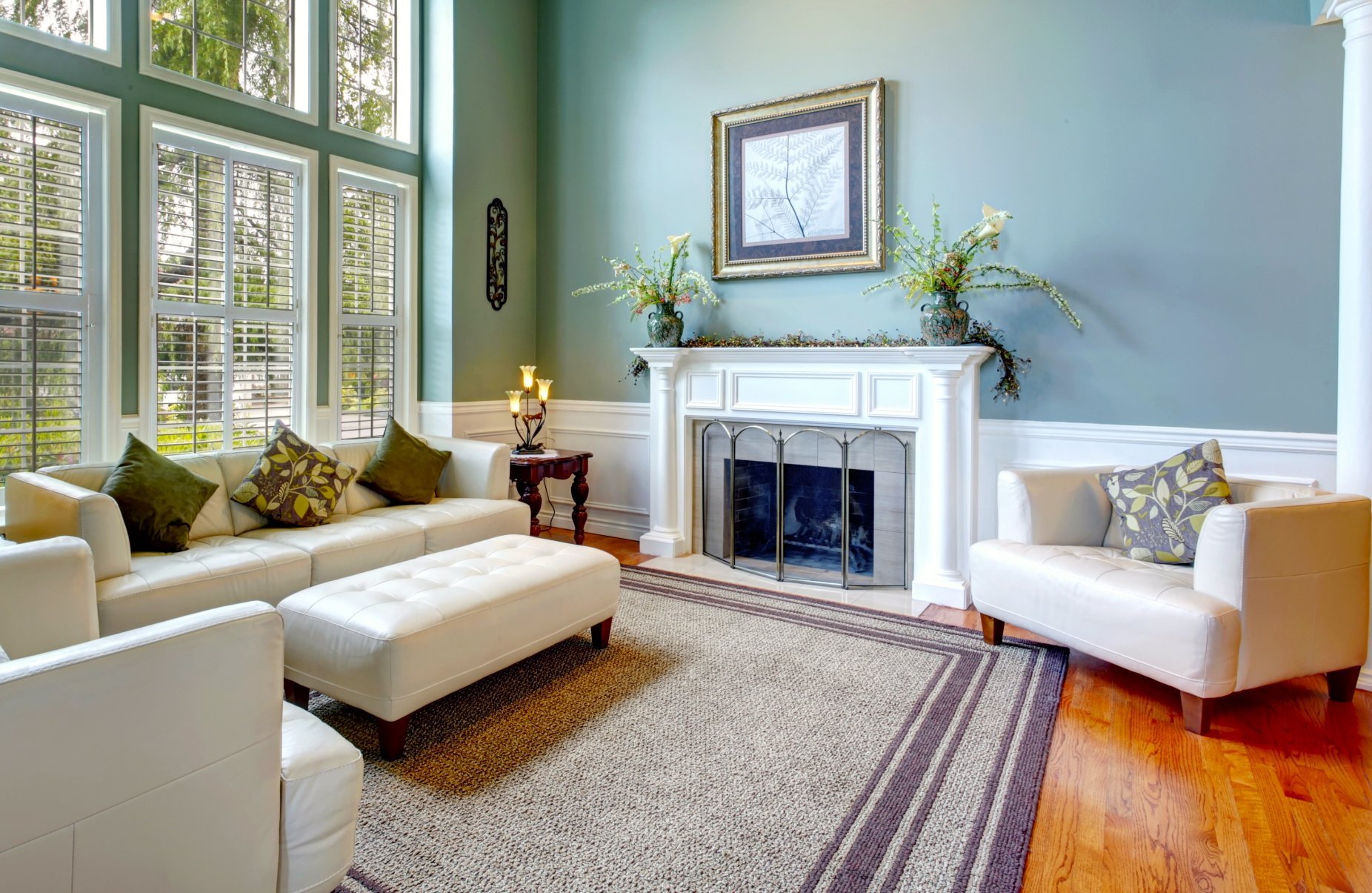When you’re a real estate investor, time is of the essence, whether you’re flipping a home to sell it, or to rent it. You’ll need to do everything you can to get the property ready in the shortest amount of time possible, but even with that being said, a lot of investors overlook something that’s critical: staging.

Staging just essentially means you decorate it with beautiful furniture and accessories so that it’s more appealing to buyers and renters. The benefit of staging for investors is that it’s more likely to make the property resonate with buyers, and help them envision it as a place they could call home.
A lot of investors will make the mistake of thinking they can skip staging to save time and money, but that’s usually not the right perspective to take. Below are some tips and things to know before you stage your next investment property.
The Photography
There are of course benefits to staging when people actually come to see a property, but there’s also another benefit: it’s good for the pictures. Real estate photography is necessary to market a home, and it’s going to look much better and more polished in those photos if it’s staged.
Look at the Numbers
When you’re staging a property, you have to decide just how much to do. Should you just add a few key pieces of furniture, or should you get into the details? Your decision should be based on the numbers.
You’ll want to compare some different situations and see just how much staging is justified with a particular property. For example, if you have a low-cost rental, obviously you want your staging costs to be minimal as compared to a more expensive home you just flipped and hope to sell.
You also need to know your market when you’re deciding on how much staging to do, and what direction to take it in.
Keep It Simple
The goal of staging is to help potential buyers renters be able to visualize themselves there. Staging can not only help you sell a home more quickly, but it can raise prices and demand if people aren’t just interested, but competitively desire the property.
To make this happen, choose simple decorating concepts and color palettes that are likely to appeal to broad tastes and preferences. Don’t go overboard in the direction of any one style, or use divisive colors or styles that people might find unappealing.
You want it to be simple, tasteful and beautiful.
Demonstrate Purpose
To wrap up this list of considerations when staging, you don’t just want your investment property to look good; you also want it to show the value of the property. With this in mind, design staging that demonstrates the purpose of each room in the property, within the context of what your target market is most likely to be looking for.
Give rooms clearly defined purposes, such as home office or playroom, and also take corners or what might be unused spaces and give them a unique objective as well.
About the author: Susan Melony is equally passionate about both writing and interior design. When she's not actually working on a home improvement project, she's probably writing about one.